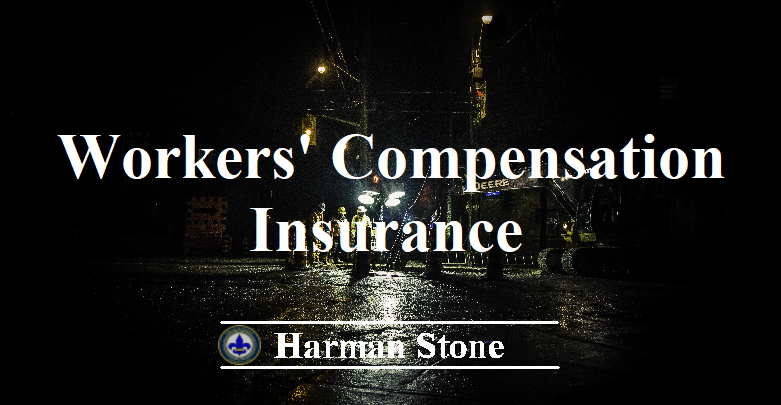In most states, as it should be, workers’ compensation insurance is solely provided by private insurance companies. Twelve states operate a state fund (which serves as a model to private insurers and insures state employees), and a handful have state-owned monopolies. To keep the state funds from crowding out private insurers, they are generally required to act as assigned-risk programs or insurers of last resort, and they can only write workers’ compensation policies. In contrast, private insurers can turn away the worst risks and can write comprehensive insurance packages covering general liability, natural disasters, and so on.
Under-reporting of injuries is a significant problem in the various workers’ compensation systems. Employees, fearing employer retaliation, often avoid reporting injuries incurred on the job and instead seek treatment privately, bearing the cost themselves or passing these costs on to their health insurance provider – part of the controversy of health insurance in the U.S.
It is illegal in most states for an employer to terminate or refuse to hire an employee having reported a workplace injury or filed a workers’ comp claim. However, it is difficult to prove discrimination. To discourage discrimination, some states have created a “second or subsequent injury fund” to reimburse insurers for benefits paid to employees who suffer any aggravation or recurrence of a compensable injury. It has also been suggested that laws should be made to prohibit inclusion of claims history in databases and/or make them anonymous.
While workers’ compensation laws generally hold the employer entirely immune from liability – for negligence or otherwise – beyond the amount provided by the workers’ compensation system, there are some exceptions. In some states, such as New Jersey, an employer can be held liable for larger amounts if the employee can prove the employer intentionally or recklessly caused the injury or illness. In other states, like Pennsylvania, the employer is immune in any circumstance. However, other entities involved in causing the injury, like subcontractors or product manufacturers, can still be held liable.
Some employers aggressively contest claims for workers’ compensation benefits. In any contested case, or in any case involving serious injury, a lawyer with specific experience in handling workers’ compensation claims on behalf of injured workers should be consulted. Laws in many states limit a claimant’s legal expenses to a certain fraction of an award; such “contingency fees” are payable only if the recovery is successful. In some states the attorney’s fee can be as much as 40% or as low as 11% of the monetary award recovered, if anything is recovered at all.
In almost all states, the original jurisdiction over workers’ compensation disputes has been transferred by state law from the trial courts to special state administrative agencies. In these agencies, disputes are usually handled by administrative law judges. Appeals go before an appeals board and then onto the state court system.
However, such appeals are difficult and are regarded skeptically by most state appellate courts. In the final analysis, workers’ compensation was designed to reduce litigation. Few states still allow the employee to initiate a lawsuit in a trial court against the employer, and only Ohio still allows appeals to go before a jury.
Here in the U.S., per the Bureau of Labor Statistics’ 2010 National Compensation Survey, workers’ compensation costs represented 1.6% of employer spending overall, although rates vary significantly across industry sectors. For instance, workers’ compensation accounted for 4.4% of employer spending in the construction industry, 1.8% in manufacturing and 1.3% in services.
Clinical outcomes for patients with workers’ compensation tend to be worse compared to those non-workers’ compensation patients among those undergoing upper extremity surgeries, and have found they tend to take longer to return to their jobs and tend to return to work at lower rates. Factors that might explain this outcome include this patient population having strenuous upper extremity physical demands, and a possible financial gain from reporting significant post-operative disability.









